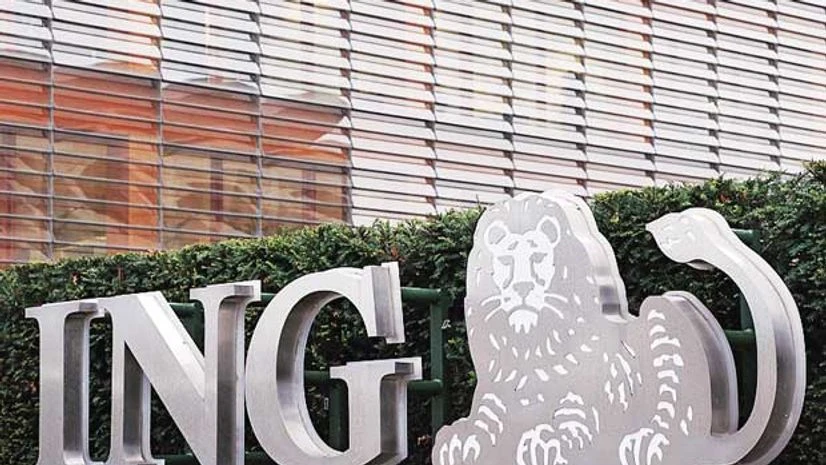ING Group plans to shed 7,000 jobs and invest heavily in its digital platforms to achieve annual savings of euro 900 million ($1 billion) by 2021, the Netherlands' largest financial services company said on Monday.
The lay-offs represent slightly less than 12 per cent of ING's 52,000 workforce because nearly 1,000 are expected to come at suppliers rather than the company itself.
The job losses are the heaviest since 2009, when ING was forced to restructure and spin off its insurance activities after receiving a state bailout during the financial crisis.
More From This Section
"You have to announce these programmes and these intentions at a time when you can afford them," CEO Ralph Hamers told reporters on a conference call. "We're strong right now, we have good results, we are growing and then you have to do the repairs, and not when you don't have any choice anymore."
ING said it would invest euro 800 million in its technology platform, to be rolled out over the next five years in Spain, Italy, France, Austria and the Czech Republic.
Those countries are mature, "challenger" markets, where there are dominant incumbent banks and ING is looking to grow - mostly by online banking with few physical offices.
Hamers said that while three to four years ago banking digitalisation was taking off in a few northern European countries, it was now taking off everywhere.
Big software companies like Google and Facebook had raised customer expectations in all the countries in which ING are operating, he said.
ING has had success, especially in Germany, with a business model focused on maintaining little physical presence and conducting its retail business entirely online, winning customers from Deutsche Bank.
In the Netherlands and Benelux, where most of the job cuts will fall - 3,500 in Belgium and 2,300 in the Netherlands - the company is integrating its Record Bank subsidiary, Belgium's third largest pure retail bank, with ING.
The company plans to take euro 1.1 billion in charges, of which euro 1 billion will be in the next quarter, for redundancies.
The company said it expected a Return on Equity of 10-13 per cent through 2020 - compared to 10.3 per cent in the first half of 2016. But Hamers warned that might not be achievable depending on rules for capital requirements still under development.
THE STORY TILL NOW
-
The lay-offs represent slightly less than 12% of ING's 52,000 workforce
-
The job losses are the heaviest since 2009, when ING was forced to restructure
-
The lay-offs represent slightly less than 12 per cent of ING's 52,000 workforce

)
